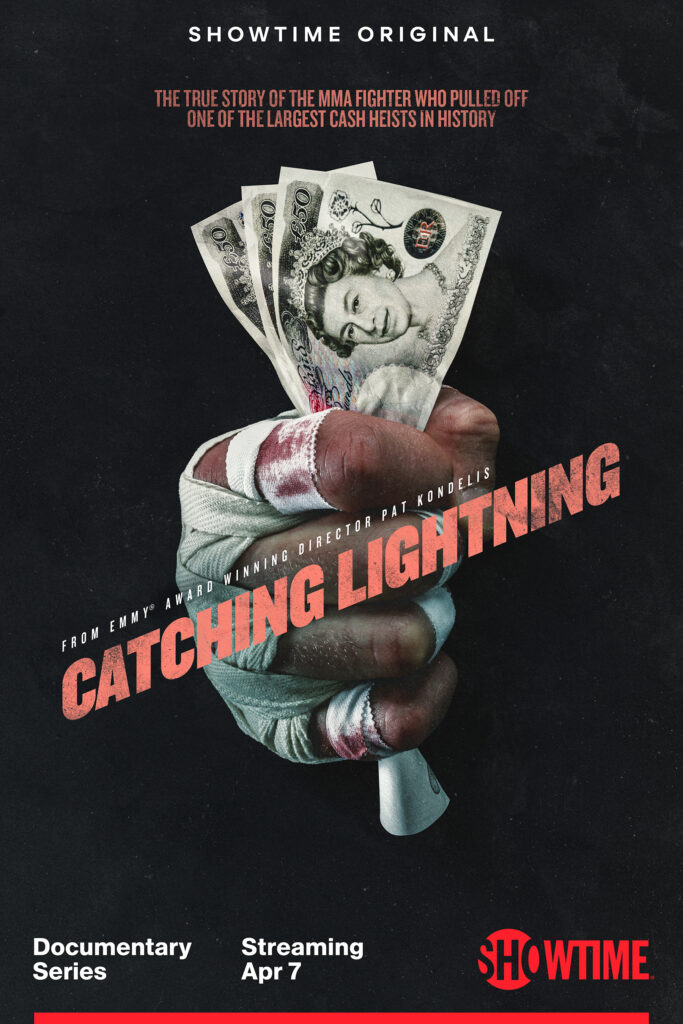“Every work comes into being in the same way as the cosmos – by means of catastrophe. The creation of the work of art is the creation of the world.”
Vasily Kandinsky, 1913
The Kandinsky show at the Guggenheim in New York is so transporting that it counts as travel in my book. Taking up the entire rotunda gallery, it’s one of the most comprehensive retrospectives of the artist’s life and work, drawn largely from the collections of three major museums with extensive Kandinsky holdings: The Guggenheim, the Center Pompidou in Paris, and Munich’s Städtische Galerie.
 What I most appreciate about Kandinsky is how he was trying to get through to something completely new: a unified theory of abstraction that freed the artist from nature while moving the viewer in as cathartic a way as music. In the early paintings you can see the struggle to turn theory into practice; quite literally, you see the work in the work. Playwright Samuel Beckett once wrote “Fail again. Fail better.” And as you slowly make your way up the great ramp of the gallery, you can vividly witness Kandinsky doing just that. The paintings are incredibly emotive, utilizing strong brushwork and geometry to focus the eye and draw the viewer into the turmoil of the canvas.
What I most appreciate about Kandinsky is how he was trying to get through to something completely new: a unified theory of abstraction that freed the artist from nature while moving the viewer in as cathartic a way as music. In the early paintings you can see the struggle to turn theory into practice; quite literally, you see the work in the work. Playwright Samuel Beckett once wrote “Fail again. Fail better.” And as you slowly make your way up the great ramp of the gallery, you can vividly witness Kandinsky doing just that. The paintings are incredibly emotive, utilizing strong brushwork and geometry to focus the eye and draw the viewer into the turmoil of the canvas.
 The later paintings I’m afraid don’t really live up to the promise of his original idealistic vision. They’re beautiful – don’t get me wrong; saturated in jewel tones and later, pastels, they look like luxurious textiles. Yet they have more in common with the amusing doodles of Klee than the genre-breaking atonal music of Schoenberg, who was a frequent inspiration as well as collaborator. Like objects preserved in amber, they are almost too perfect, too polished – rather than inviting the viewer into the chaos, they keep us at arm’s length.
The later paintings I’m afraid don’t really live up to the promise of his original idealistic vision. They’re beautiful – don’t get me wrong; saturated in jewel tones and later, pastels, they look like luxurious textiles. Yet they have more in common with the amusing doodles of Klee than the genre-breaking atonal music of Schoenberg, who was a frequent inspiration as well as collaborator. Like objects preserved in amber, they are almost too perfect, too polished – rather than inviting the viewer into the chaos, they keep us at arm’s length.









